What Your Stool Is Trying to Tell You: A Complete Guide to Color, Shape, and Health Signals
Let’s be honest — most of us don’t give much thought to what happens after we flush. Yet your stool can send vital clues about your digestive and overall health. Its color, shape, and texture act as an early warning system, revealing everything from minor digestive issues to more serious conditions. Paying attention could make a real difference — and sometimes even save your life.
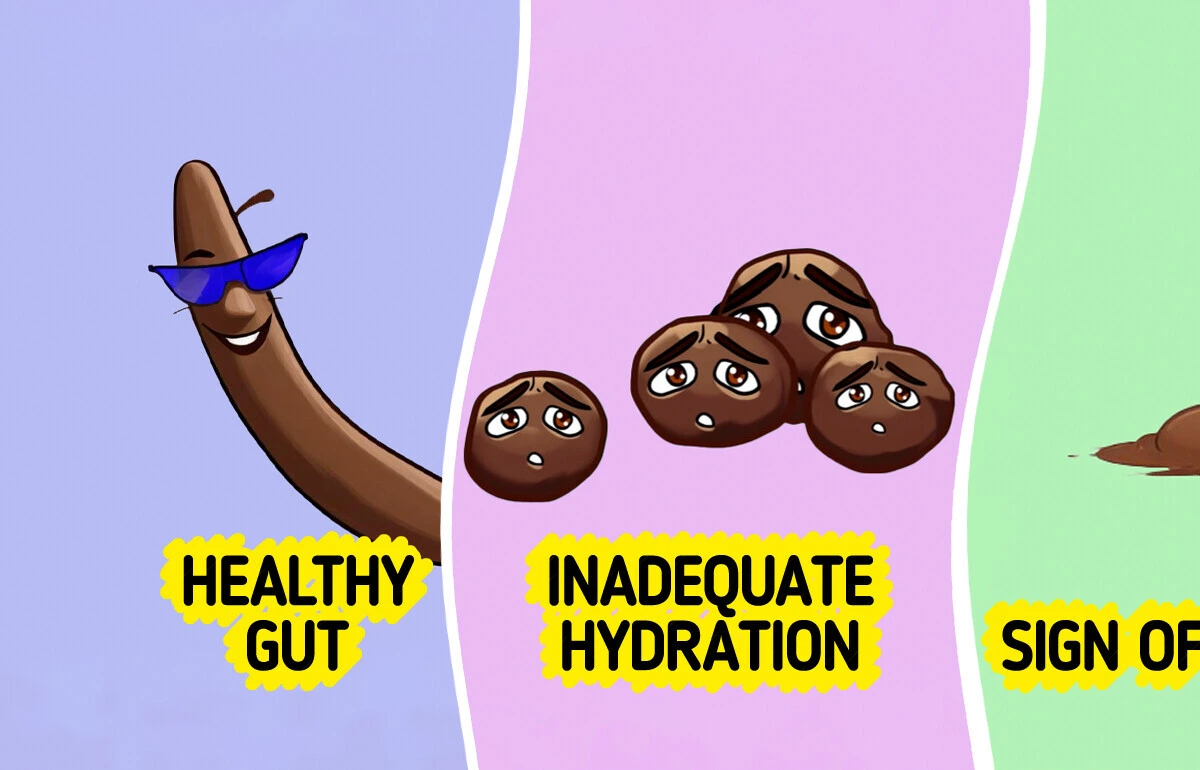
Disclaimer: This article is for informational purposes only and is not a substitute for professional medical advice. Always consult your healthcare provider if you notice concerning symptoms.
Stool Color
Clear Mucus
Normal? Occasional small amounts are normal.
Concern: Frequent mucus, especially with blood, pain, or diarrhea.
Possible causes: Irritable bowel syndrome (IBS), infections, ulcerative colitis, proctitis.
Action: Contact your doctor if persistent.
White or Clay-Colored
Warning: Can indicate bile production problems.
Possible causes: Liver disease (hepatitis, cirrhosis), gallbladder issues, medications (aluminum antacids, barium).
Action: Seek immediate medical attention.
Black
Harmless? Iron supplements or certain foods.
Red flags: Tar-like texture, foul smell, pain, fatigue.

Possible causes: Gastritis, ulcers, internal bleeding.
Action: See a doctor promptly for tests like endoscopy or colonoscopy.
Greasy, Oily, or Foul-Smelling
Indicates: Possible fat malabsorption.
Possible causes: Pancreatic disorders, celiac disease, bile duct issues, infections like giardiasis.
Green

Usually harmless: From leafy greens or foods with green dye.
Possible causes: Antibiotics, rapid transit through intestines, food poisoning.
Red or Reddish

Benign sources: Beets, tomato sauce, Pepto-Bismol.
Serious causes: Hemorrhoids, anal fissures, inflammatory bowel disease.
Seek help if: Clots, fatigue, or fever.
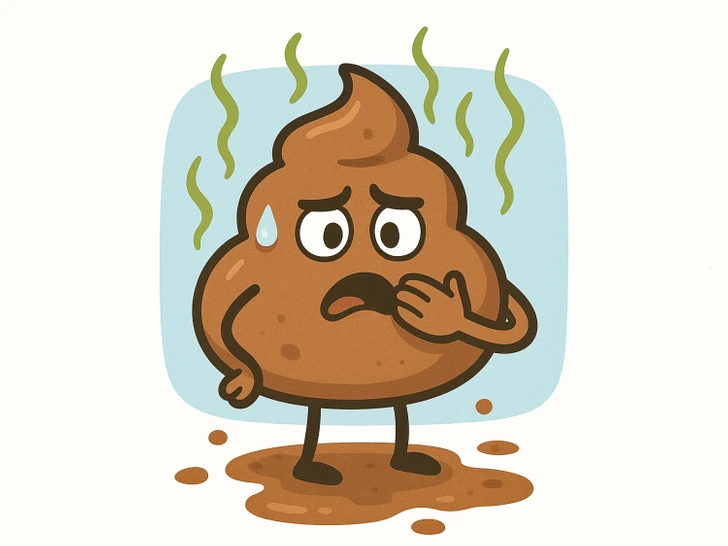
Yellow
Indicates: Fat digestion issues.
Possible causes: High-fat diet, pancreatic or gallbladder disorders, celiac disease, parasitic infections.
Stool Shape & Consistency
Drop-Shaped
Meaning: Soft, easy-to-pass stool is normal and healthy.
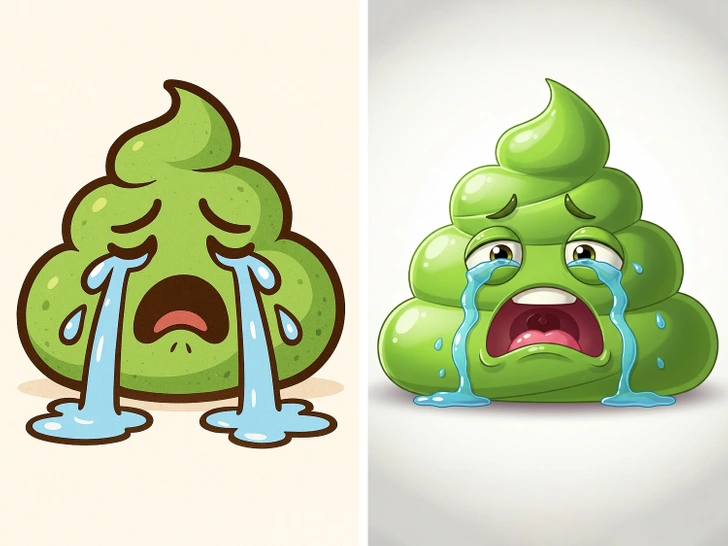
Soft and Smooth
Gold standard: Sausage-shaped, passes easily, every 1–3 days.
Hard, Pellet-Like


Meaning: Constipation.
Causes: Low fiber intake, dehydration, lack of activity.
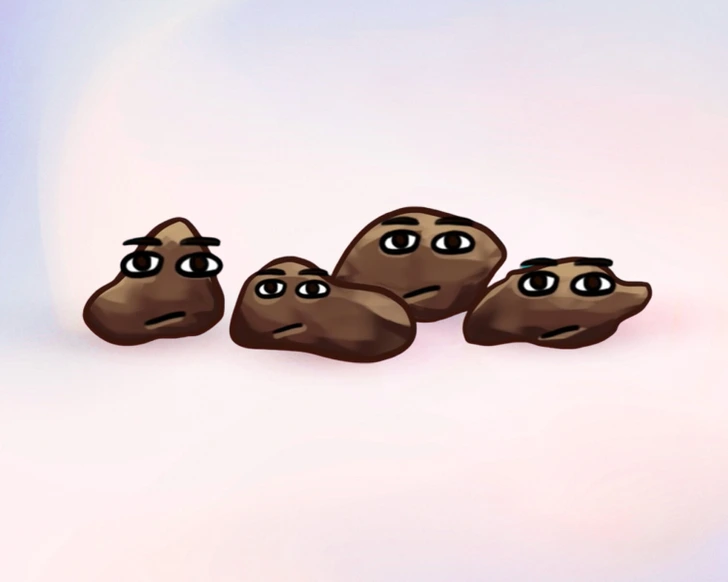
Liquid / Watery
Meaning: Intestines irritated.
Causes: Stomach viruses, food intolerances, chronic digestive issues if persistent.
Pencil-Thin or Ribbon-Like
Concern: Persistent narrowing may suggest colon issues or, rarely, colon cancer.
Action: Seek medical care if accompanied by pain, bleeding, or weight loss.
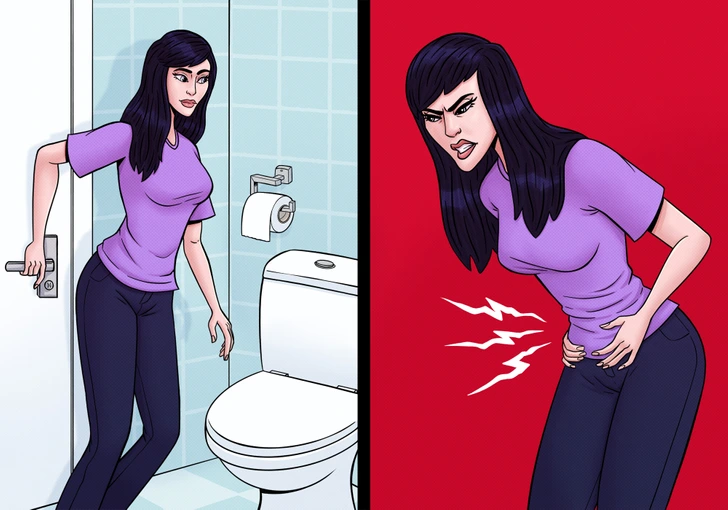
Cracked
Meaning: Mild constipation.
Cause: Lack of fiber or prolonged sitting.
Floating
Occasional: Excess gas.
Persistent: Possible fat malabsorption — see a doctor.
Quickly Sinking

Meaning: Could indicate low fiber or hydration.
Tip: Aim for ~28 grams of fiber daily (fruits, vegetables, legumes, whole grains, nuts).
What “Normal” Really Means
Digestive rhythms vary. Some go daily; others, a few times a week. The key is consistency. Sudden or persistent changes — especially with pain, bleeding, or unusual color — should always be evaluated.

Don’t Just Flush and Forget
Your stool is a real-time health indicator. Observing changes can help detect infections, nutrient deficiencies, and even early signs of serious diseases. You don’t need to obsess — just be mindful. Your gut often signals trouble long before other symptoms appear.
Conclusion
Your body communicates constantly, and stool is one of its most honest messengers. Occasional changes are normal, but persistent or dramatic differences in color, shape, or consistency shouldn’t be ignored. Paying attention helps keep your digestive system — and overall health — in balance.
